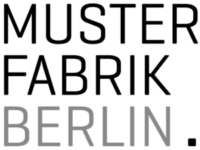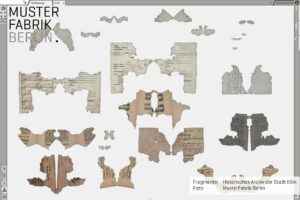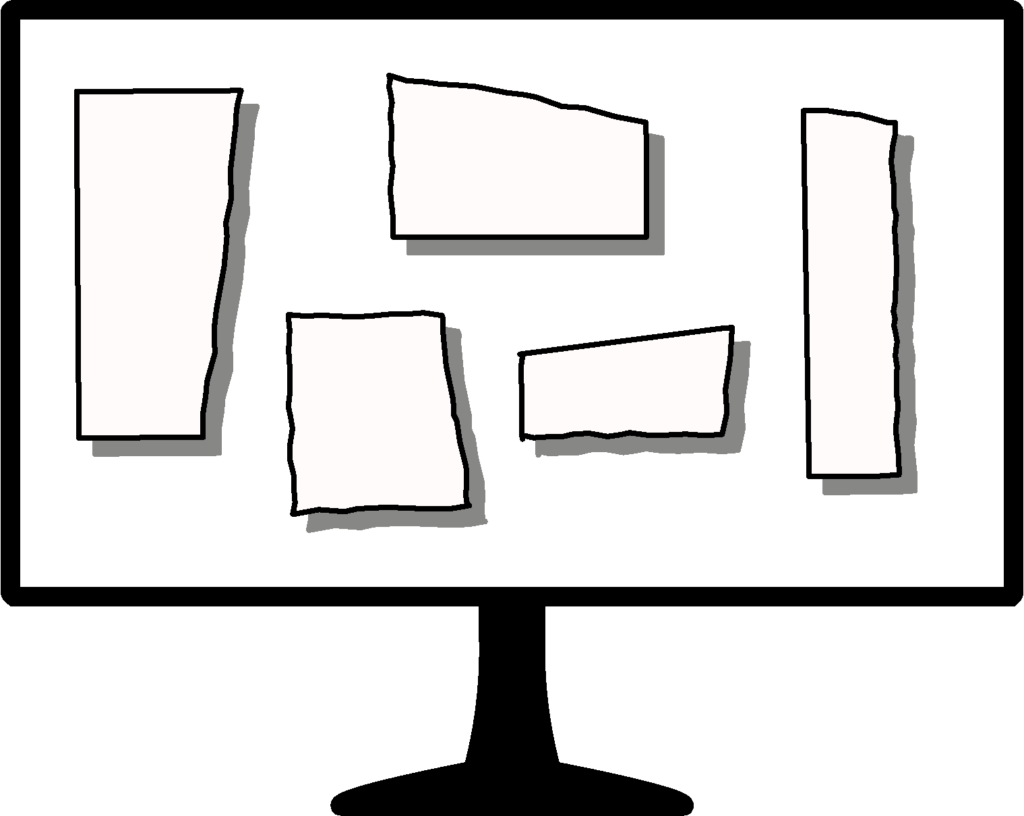
MusterFabrik Berlin develops and implements innovative interactive viewer components for flexible visualization and intuitive digital handling of large quantities of digitized objects. The software modules with extensive functionality are a central component of our automated assistance systems.
Intuitive handling of “digital twins”
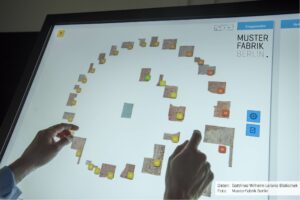
© MusterFabrik Berlin
Flexible visualization of digitized copies forms the basis for analysis and indexing of objects downstream of digitization. However, the area of application of the modules implemented in our assistance systems goes far beyond the possibilities of pure viewers.
Our interactive viewer components allow non-destructive further processing of previously digitized objects in the sense of “digital twins”. The digital handling of the twins is very intuitive and similar to the manual handling of “real objects”.
On a digital workspace of theoretically any size, the twins can be placed, rotated and scaled as desired. Depending on the application, several digitized images can be linked together, i.e. digitally glued or, if required, anchored at predefined positions in the workspace, e.g. in an image template.
The handling of the twins is much more flexible powerful than the analog processing of the originals. As a result, certain problems which would remain unsolvable in the “real world” if the originals were used alone, only become manageable by using our automated assistance systems.
The scope of our interactive viewer components and assistance systems is closely linked to that of our scanning systems. However, both systems can also be operated completely independently of each other.
Under defined conditions, it is possible to visualize, categorize or annotate already available digital objects with the help of our interactive viewer components.In principle, it is also possible to automatically extract characteristic image features for existing digital assets and prepare them for application-specific subsequent processing. If required, this subsequent processing can also take place outside our assistance systems via an export of the digitized files enriched with corresponding meta information.
Interaction with 2.5-D glass mosaic fragments on a digital multi-touch work surface (finds from the former chapel of the Buchholtz hereditary burial site in Bredereiche, Fürstenberg/ Havel)
© MusterFabrik Berlin
Annotating large sets of objects
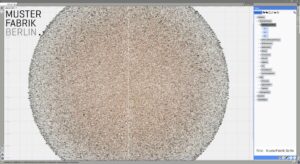
© MusterFabrik Berlin
With the help of our assistance systems, large quantities of digitized items can be efficiently annotated. For this purpose, our interactive viewer components can be used to edit meta-information already attached to the digitized data or to assign new meta-information to the digitized objects. The content of the meta information can be set either manually or automatically, e.g. via dynamically extracted image features. It is also possible to define new and, if necessary, hierarchical metadata structures.
